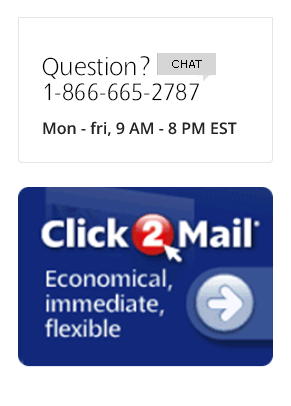You may have heard recently that outbound marketing is so over. Consumers have been flooded with messages in all channels — TV/radio, email, the internet, telemarketing, the environment and, yes, the mailbox — to the point where they just tune it all out. Inbound marketing is where it’s at, some experts are proclaiming.
What is inbound marketing? It’s what you put on your website, social media pages, blog and news sites, and wait for customers to find you. If the content is relevant, informative and entertaining, these prospects will be half way down the sales funnel before you even make contact with them.
Inbound marketing is an excellent way of pre-qualifying customers, or rather, of letting them pre-qualify themselves. Anyone who arrives on your doorstep through these channels is highly likely to be genuinely interested in what you’re selling. Unfortunately, the number of people who will find you this way is limited.
Take, for example, people who look for products and services like yours on a search engine such as Google. Optimizing your website so that it will show up in search engine results (SEO) is an extremely complex and competitive endeavor. Most marketers admit that it has become nearly impossible for any but the largest, most well-known business to achieve a page one placement on Google. And few people keep looking past page one or two.
If your new lead acquisitions are stagnating, it’s time to take a fresh look at traditional outbound marketing channels. They are still the best way to reach people who never heard of you, whether your target is a wide audience or a specific niche.
Each outbound channel has evolved in response to customer saturation and inbound channel competition. Here we will focus on direct mail’s best advantages in today’s marketing climate.
- Local marketing. Almost without exception, direct mail has been found to get better results for local businesses than inbound marketing. Sent to a defined geographic area, it can provide incentives like coupons or announce new products to everyone within reach of their physical location. Sent to a customer list, it can reward loyalty or reactivate former customers.
- Cost-effective testing. Even if you’re planning a multi-media rollout, testing first with a direct mailpiece can help identify the most effective marketing strategies, from design and messaging to regional response rates. And it’s certainly better to make your mistakes in this affordable channel than in the full campaign.
- Improve traffic to inbound channels. Prospects may not find your website through Google, Facebook, etc., but you can direct them there in your direct mailpiece. Thus you can reap the rewards of your online content marketing and circumvent its drawbacks.
At Click2Mail, we believe that the smart money is on the integration of inbound and outbound marketing. Both have their strengths, and their place in reaching today’s media-savvy audiences.





